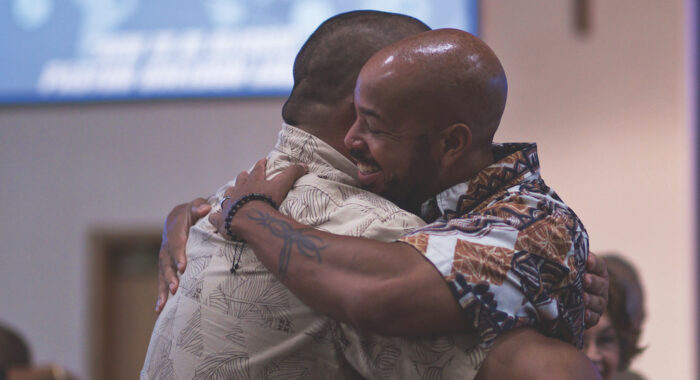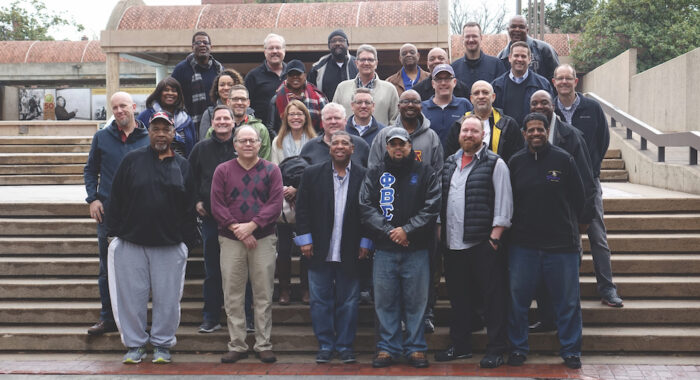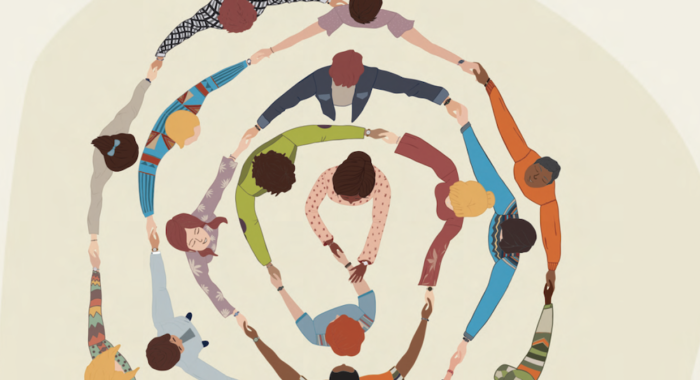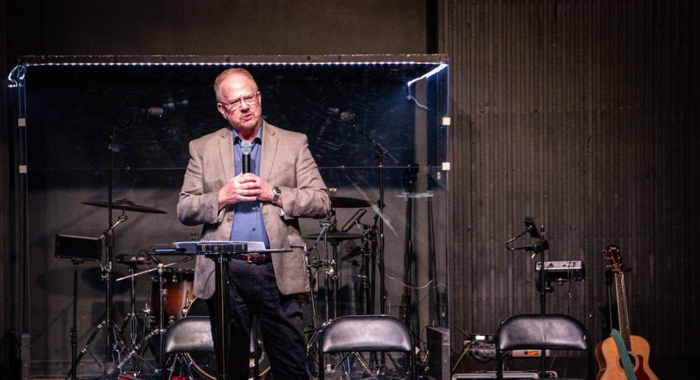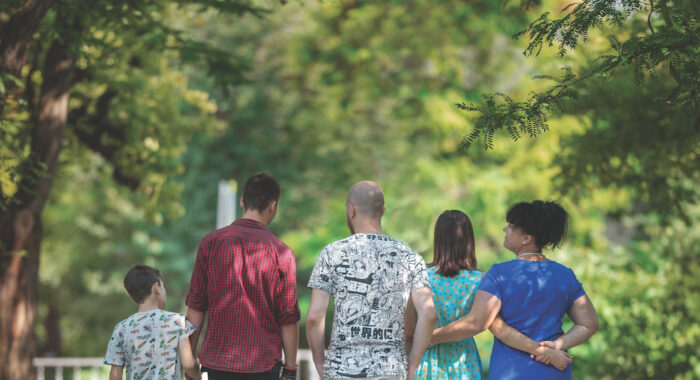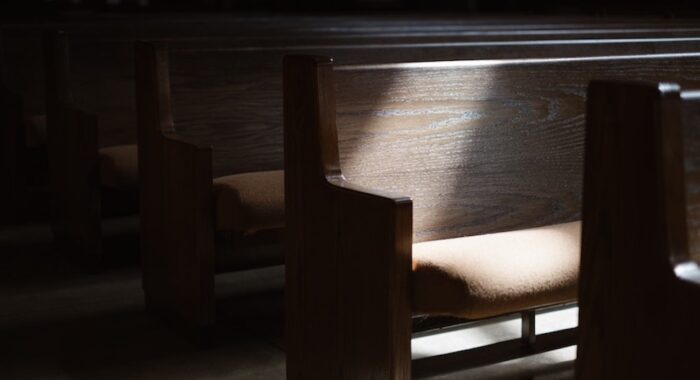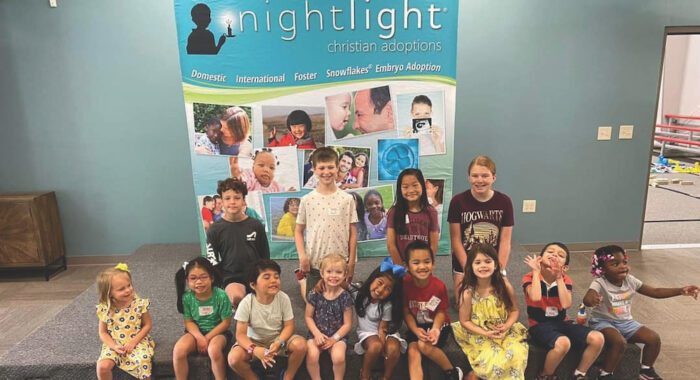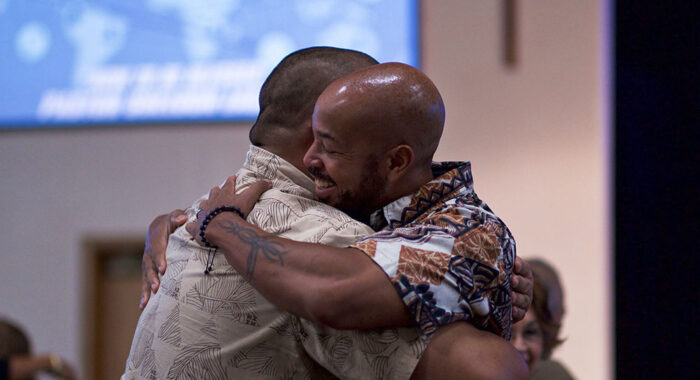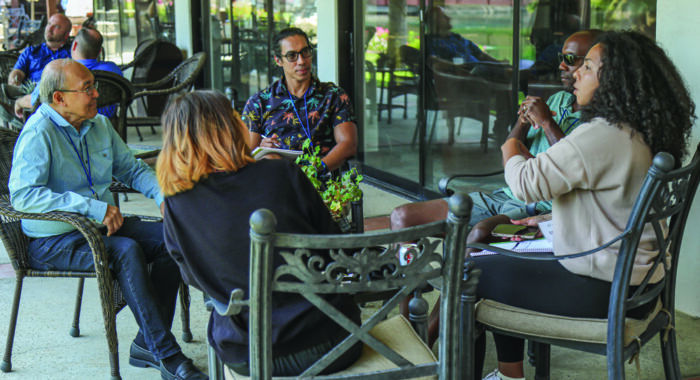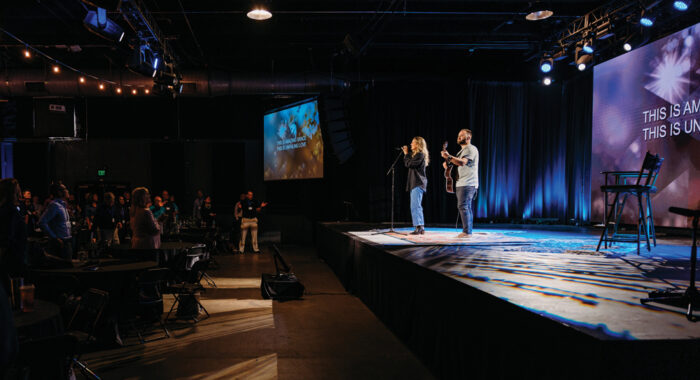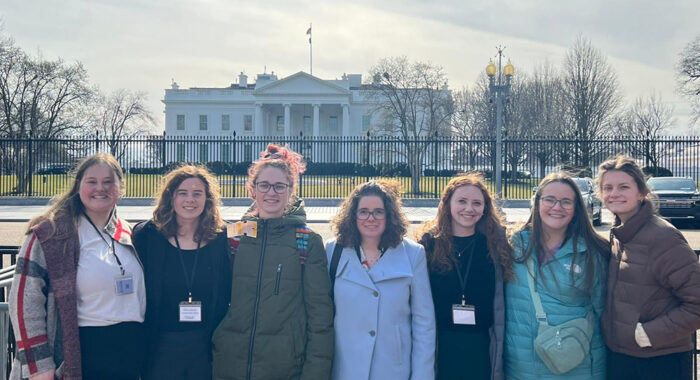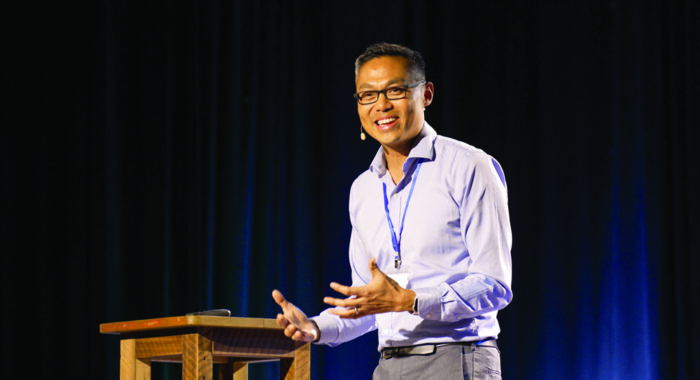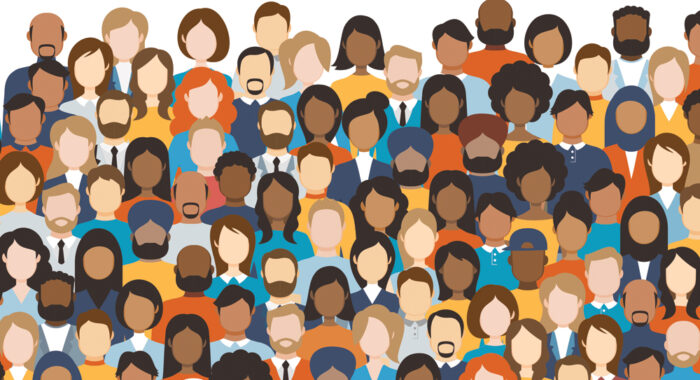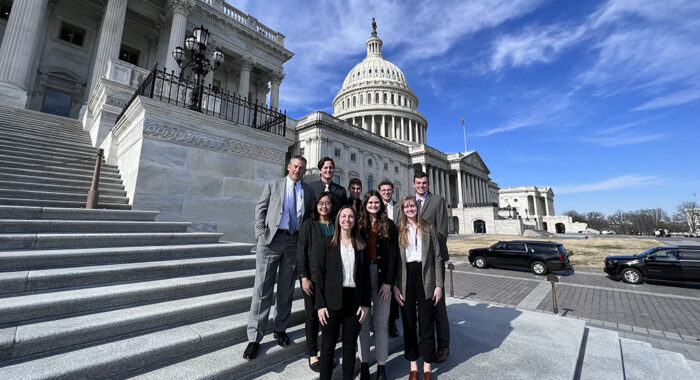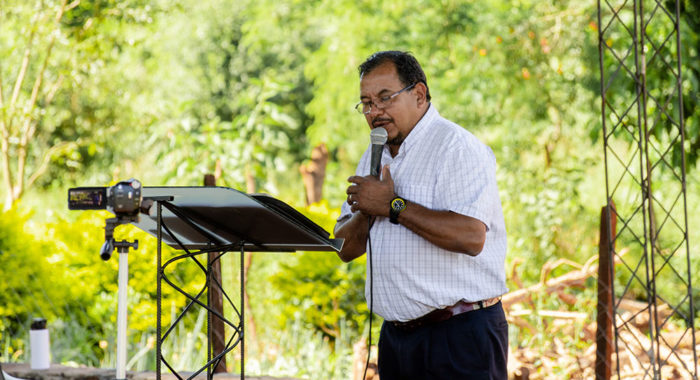Ron Sellers is president of Grey Matter Research. He has 27 years of experience designing and conducting research. Thirteen of those years were spent running Ellison Research, which he acquired in 2008 and rebranded into Grey Matter. His experience includes 1,300 focus groups moderated, hundreds of quantitative studies successfully completed, nearly 50 published articles in industry magazines and trade journals, and scores of clients relying on his work in making key decisions. He is a graduate of Pepperdine University.
All you need to know about the direction our nation’s population is headed is plastered on the U.S. Census Bureau website: Fueled by Aging Baby Boomers, Nation’s Older Population to Nearly Double, Census Bureau Reports.
With advances in health care and the dramatic decrease in smoking, people are living far longer than they used to. In addition, the massive baby boomer population (people born between 1946 and 1964) is moving through the age spectrum like a pig through a python — and the oldest boomers are already nearing 70. The United States has a declining birth rate (Without immigration, our population would actually begin to decline). And around two out of 10 pregnancies are aborted — more than a million potential new members of the population each year.
In 1970, one out of 10 Americans was 65 or older. It took 40 years for that proportion to rise by a third, to 13 percent in 2010. In just the next 16 years, that’s projected to increase by another 56 percent to equal two out of every 10 Americans — a far faster increase than we’ve experienced before. The proportion of the population that is 80 or older will also increase by 45 percent by 2030.
These older people won’t just be the same as today’s seniors. They’ll be far more ethnically diverse. The ratio of women to men will become more equal than it is today. The increasing proportion of the very elderly (80 or older) likely means more people with disabilities and health- or age-related limitations. And although the typical dream has long been to retire and be free to enjoy “the golden years,” economists commonly project that many seniors will have to put off retirement due to limited savings, and that Social Security will be unable to handle the massive influx of those who do retire. Today, there are around 20 seniors for every 100 people of working age. In about a decade, that will increase to over 30.
This isn’t just an American phenomenon. Other large developed nations (Russia, Japan, the UK, France, Germany, Ukraine, Italy, Spain, Poland and Canada) have aging populations, and all except Russia will have an even greater proportion of their populations at 65 or older by 2030 than the United States will (and Russia will be about even with the United States). Massive developing nations, India, Indonesia, and especially China, also have sharply increasing proportions of their population that will be 65 or older in the next 14 years.
According to Jennifer Ortman, Chief of the Census Bureau’s Population Projections Branch, “Changes in the age structure of the U.S. population will have implications for health care services and providers, national and local policy makers, and businesses seeking to anticipate the influence that this population may have on their services, family structure and the American landscape.”
What she didn’t mention is how ministry will be impacted by this massive demographic change. NAE churches already have some experience with this. A Grey Matter Research study showed that people who attend church in an NAE member denomination are 23 percent more likely than the American adult population in general to be 65 or older (churchgoers in general tend to be older). The graying of the American population is not just coming eventually in the distant future – it’s on us now. It’s time to consider what this means for your church or ministry.
This article originally appeared in the NAE Insight.



 View All Articles
View All Articles 

